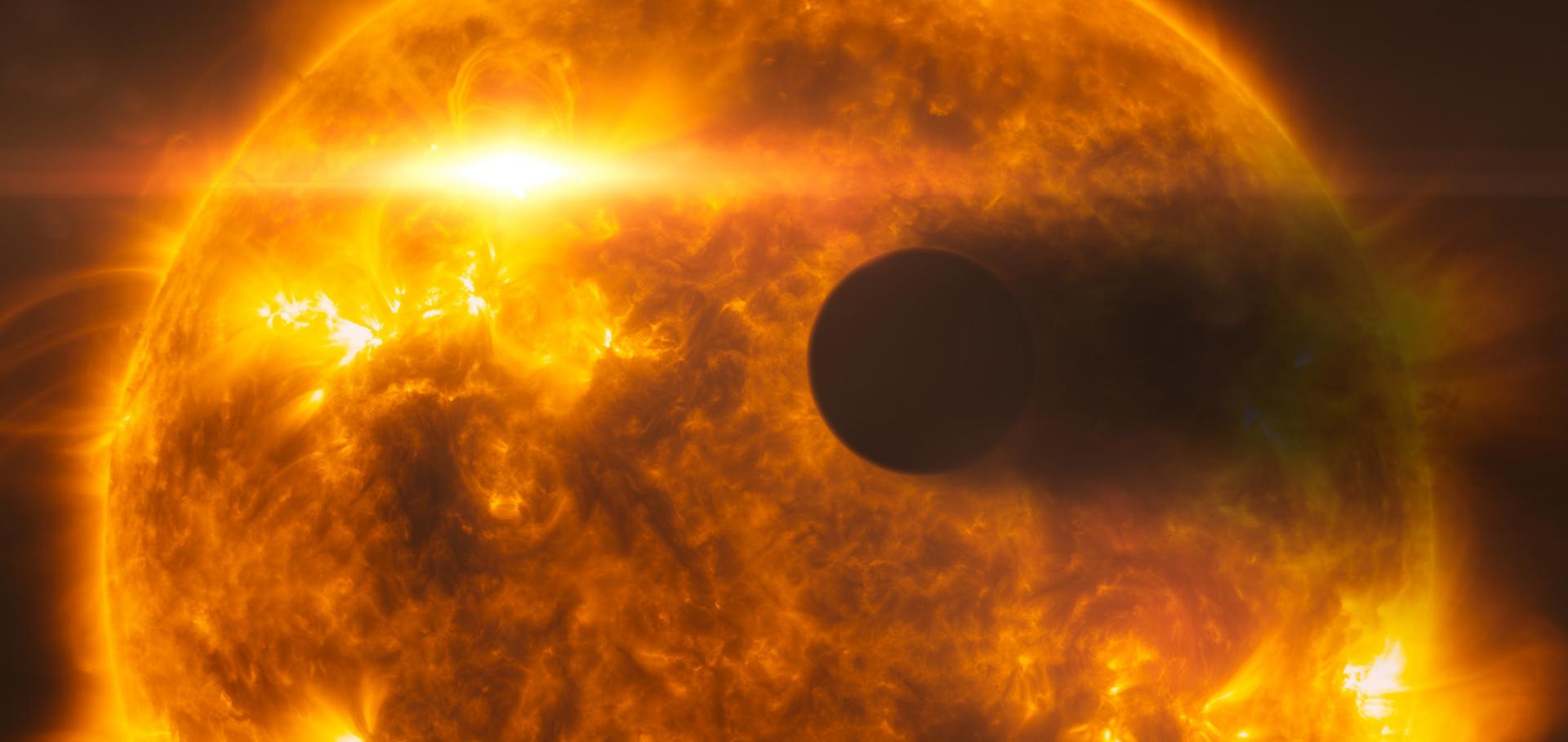Transiting exoplanets from the CoRoT space mission: XX. CoRoT-20b: A very high density, high eccentricity transiting giant planet
Astronomy and Astrophysics 538 (2012)
Abstract:
We report the discovery by the CoRoT space mission of a new giant planet, CoRoT-20b. The planet has a mass of 4.24 ± 0.23 MJup and a radius of 0.84 ± 0.04 RJup. With a mean density of 8.87 ± 1.10 g cm-3, it is among the most compact planets known so far. Evolutionary models for the planet suggest a mass of heavy elements of the order of 800 M⊕ if embedded in a central core, requiring a revision either of the planet formation models or both planet evolution and structure models. We note however that smaller amounts of heavy elements are expected by more realistic models in which they are mixed throughout the envelope. The planet orbits a G-type star with an orbital period of 9.24 days and an eccentricity of 0.56.The star's projected rotational velocity is vsini = 4.5 ± 1.0 km s-1, corresponding to a spin period of 11.5 ± 3.1 days if its axis of rotation is perpendicular to the orbital plane. In the framework of Darwinian theories and neglecting stellar magnetic breaking, we calculate the tidal evolution of the system and show that CoRoT-20b is presently one of the very few Darwin-stable planets that is evolving toward a triple synchronous state with equality of the orbital, planetary and stellar spin periods. © 2012 ESO.Planetary transit candidates in the CoRoT LRa01 field
Astronomy and Astrophysics 538 (2012)
Abstract:
Context. CoRoT is a pioneering space mission whose primary goals are stellar seismology and extrasolar planets search. Its surveys of large stellar fields generate numerous planetary candidates whose lightcurves have transit-like features. An extensive analytical and observational follow-up effort is undertaken to classify these candidates. Aims. We present the list of planetary transit candidates from the CoRoT LRa01 star field in the Monoceros constellation toward the Galactic anti-center direction. The CoRoT observations of LRa01 lasted from 24 October 2007 to 3 March 2008. Methods. We acquired and analyzed 7470 chromatic and 3938 monochromatic lightcurves. Instrumental noise and stellar variability were treated with several filtering tools by different teams from the CoRoT community. Different transit search algorithms were applied to the lightcurves. Results. Fifty-one stars were classified as planetary transit candidates in LRa01. Thirty-seven (i.e., 73% of all candidates) are "good" planetary candidates based on photometric analysis only. Thirty-two (i.e., 87% of the "good" candidates) have been followed-up. At the time of writing twenty-two cases were solved and five planets were discovered: three transiting hot-Jupiters (CoRoT-5b, CoRoT-12b, and CoRoT-21b), the first terrestrial transiting planet (CoRoT-7b), and another planet in the same system (CoRoT-7c, detected by radial velocity survey only). Evidence of another non-transiting planet in the CoRoT-7 system, namely CoRoT-7d, was recently found as well. © 2012 ESO.Planetary transit candidates in the CoRoT LRa01 field
åp 538 (2012) A112-A112
Probing the haze in the atmosphere of HD 189733b with HST/WFC3 transmission spectroscopy
(2012)
Spitzer infrared observations and independent validation of the transiting super-earth CoRoT-7b
Astrophysical Journal 745:1 (2012)


